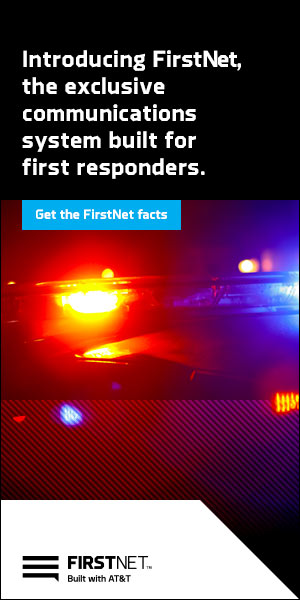by Manlio Allegra | Urgent Communications
Last spring, we outlined how 3D location can increase situational awareness and improve operational efficiency for public safety responders. At the time, this was a somewhat hypothetical scenario as 3D location technology had been proven but not yet implemented. Since then 3D location capability has been available to application developers through an over-the-top capability.
‘Over the Top’ solutions are positioning techniques that expand on device-based location by incorporating additional sensor measurements and algorithms in an intelligent and robust way. However, public safety still needs wireless operators to implement vertical location capabilities into their networks for E911 purposes. Only then could the public-safety answering points (PSAPs) identify an emergency caller’s vertical location.
The likelihood of a wireless operator implementing this technology received a huge boost recently, when the Federal Communication Commission (FCC) adopted an E911 Z-axis mandate for wireless operators. With this mandate now in place and the first deployment milestone due by April 2021, 2020 promises to be the year when the wireless industry and public safety organizations focus on implementing vertical-location solutions for E911.


